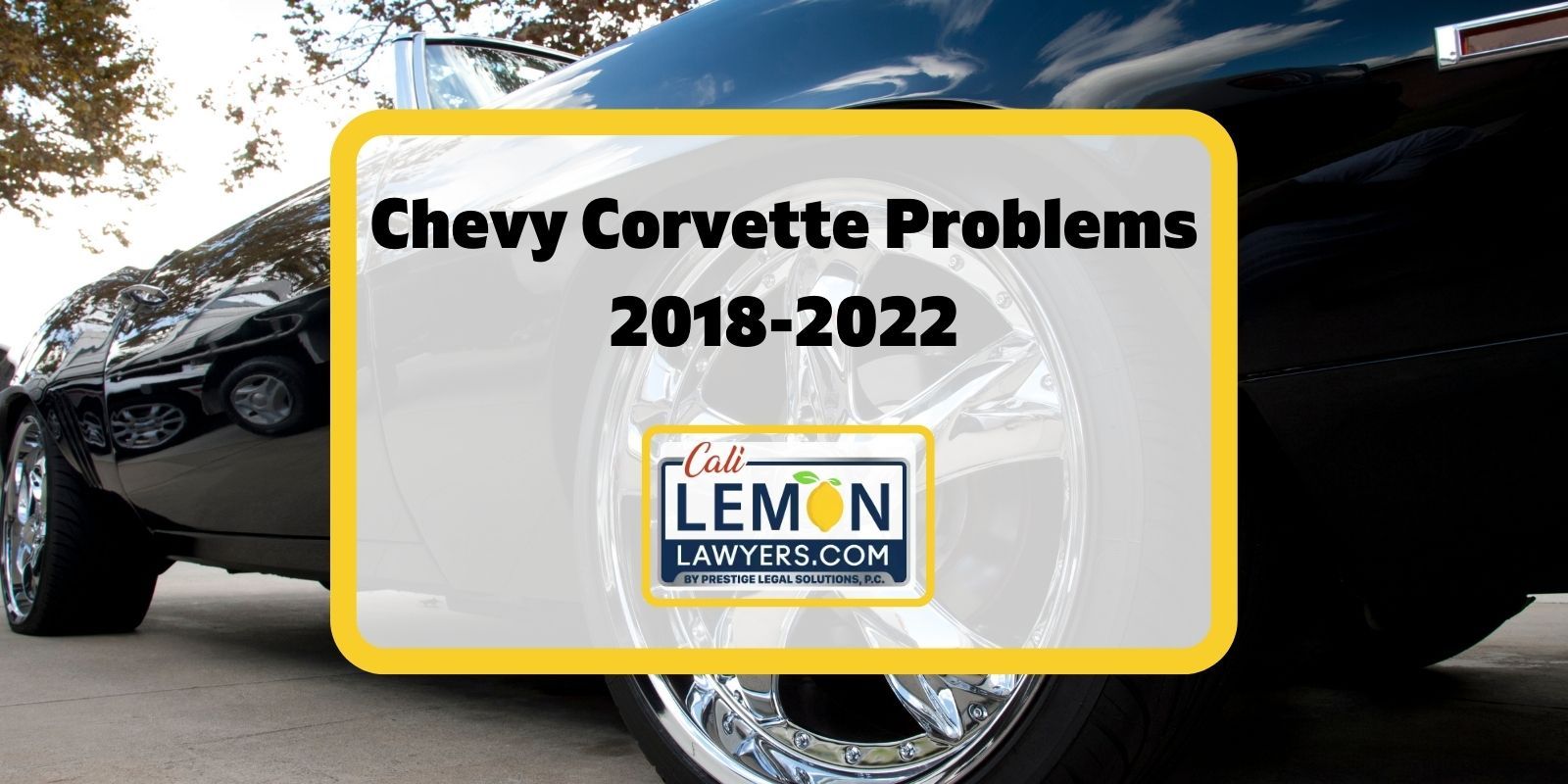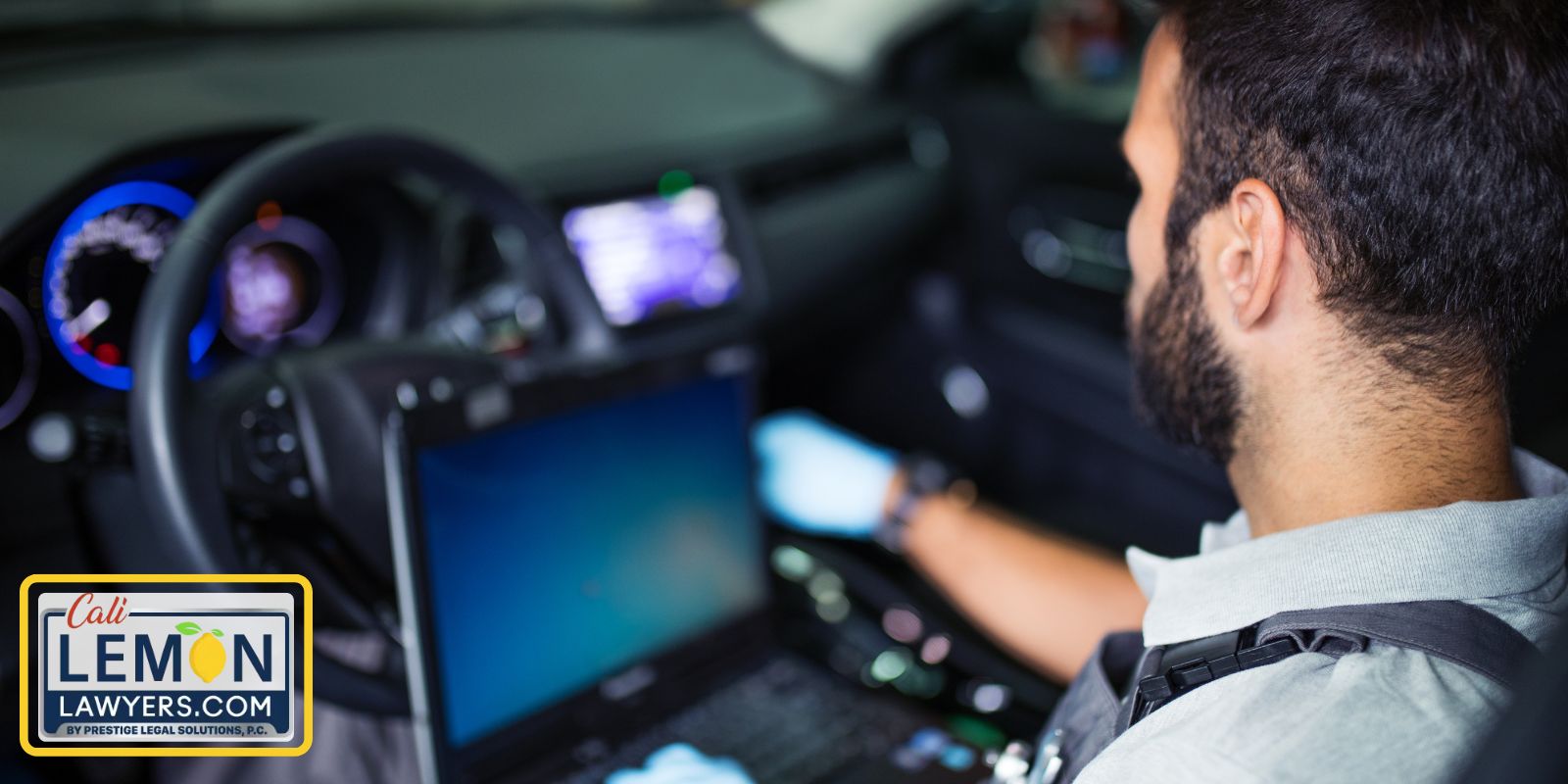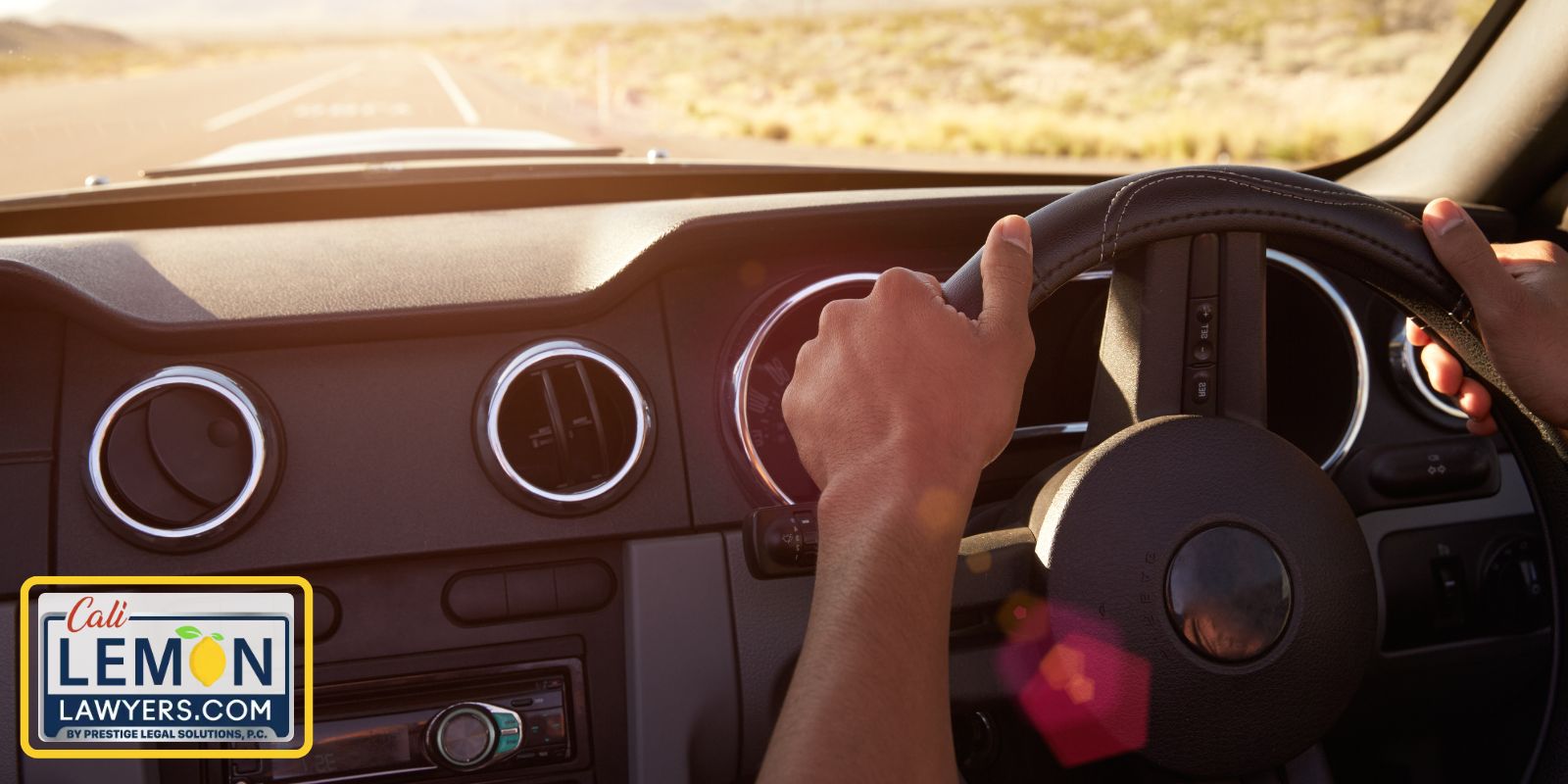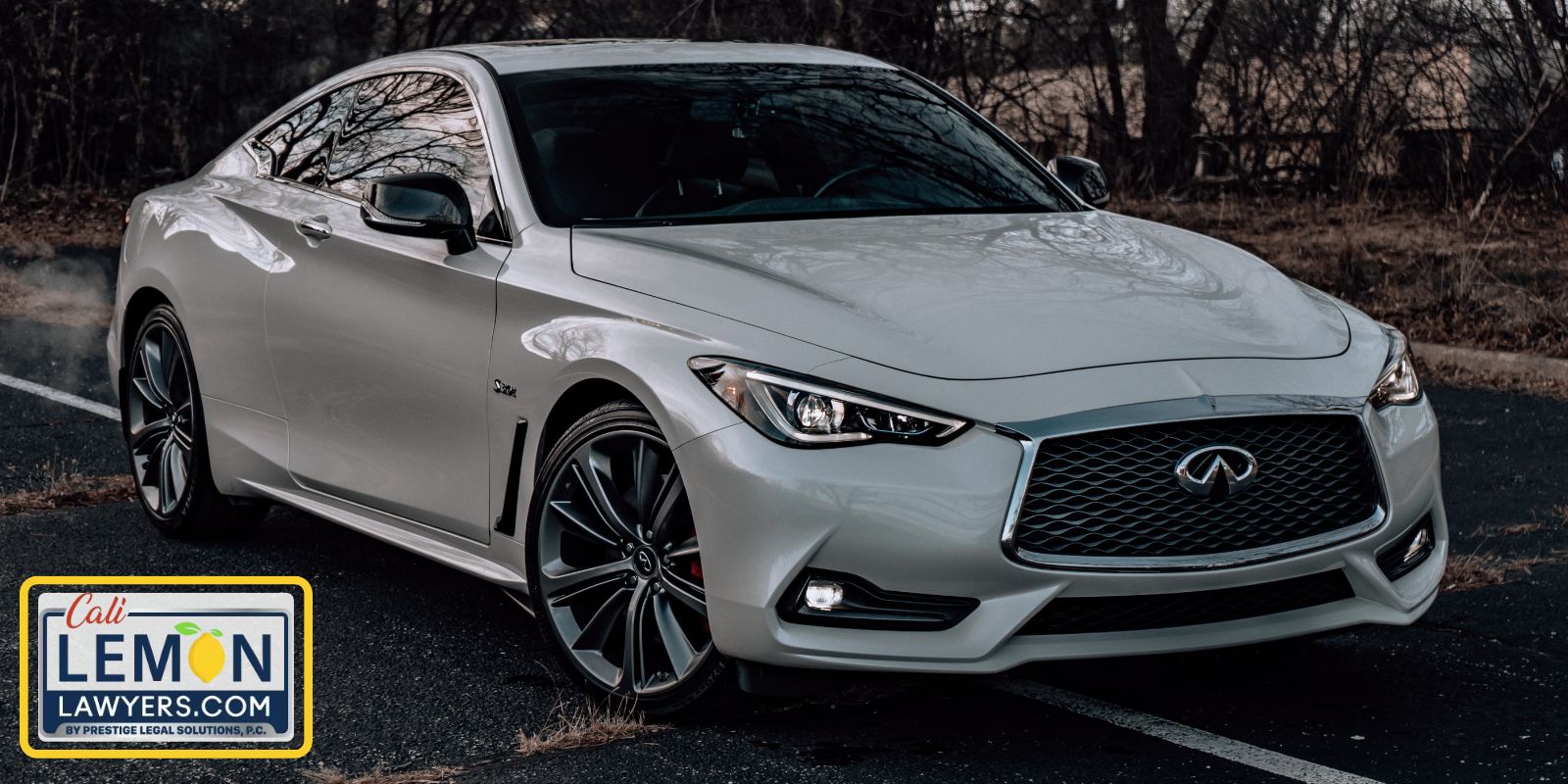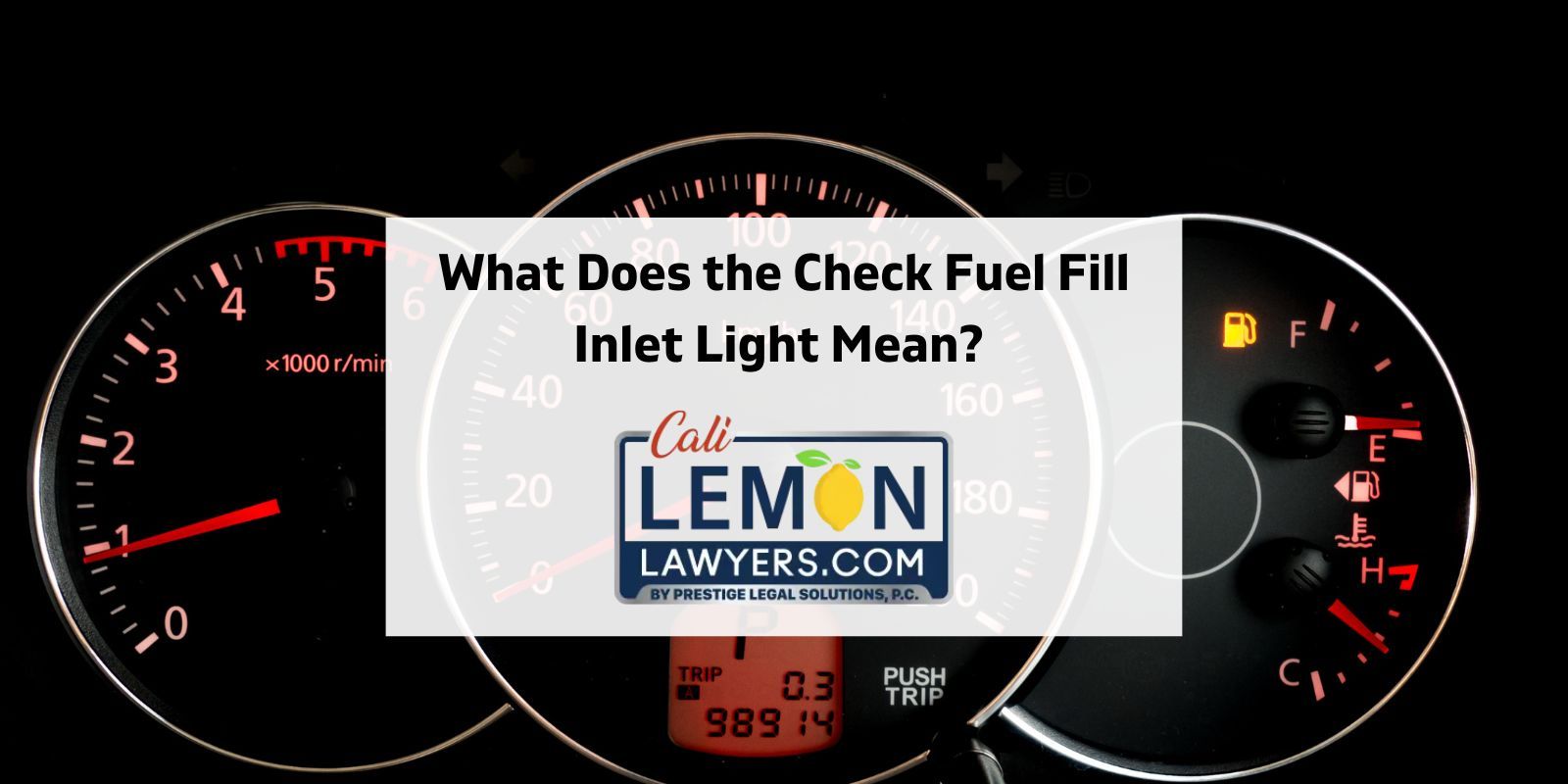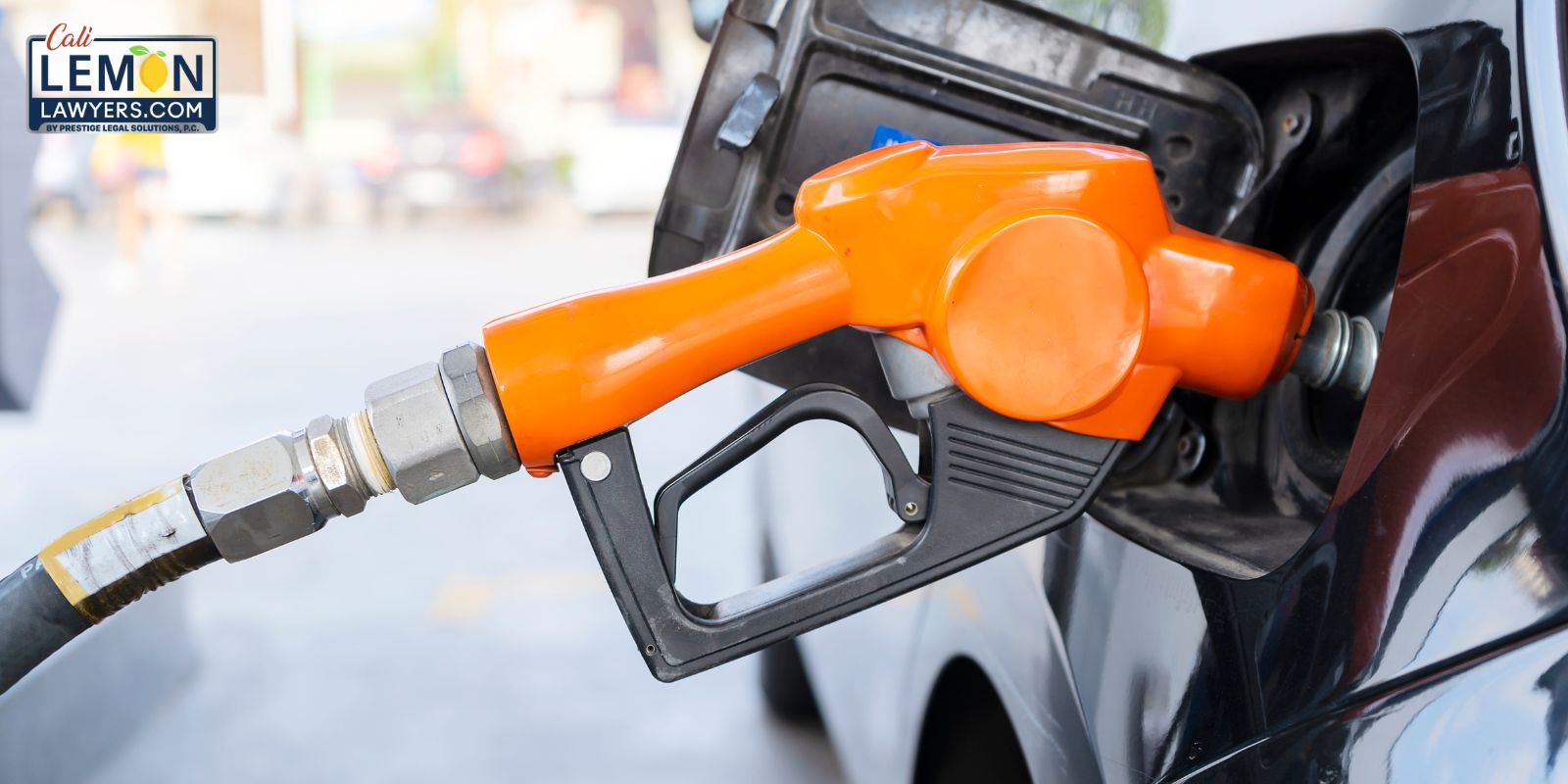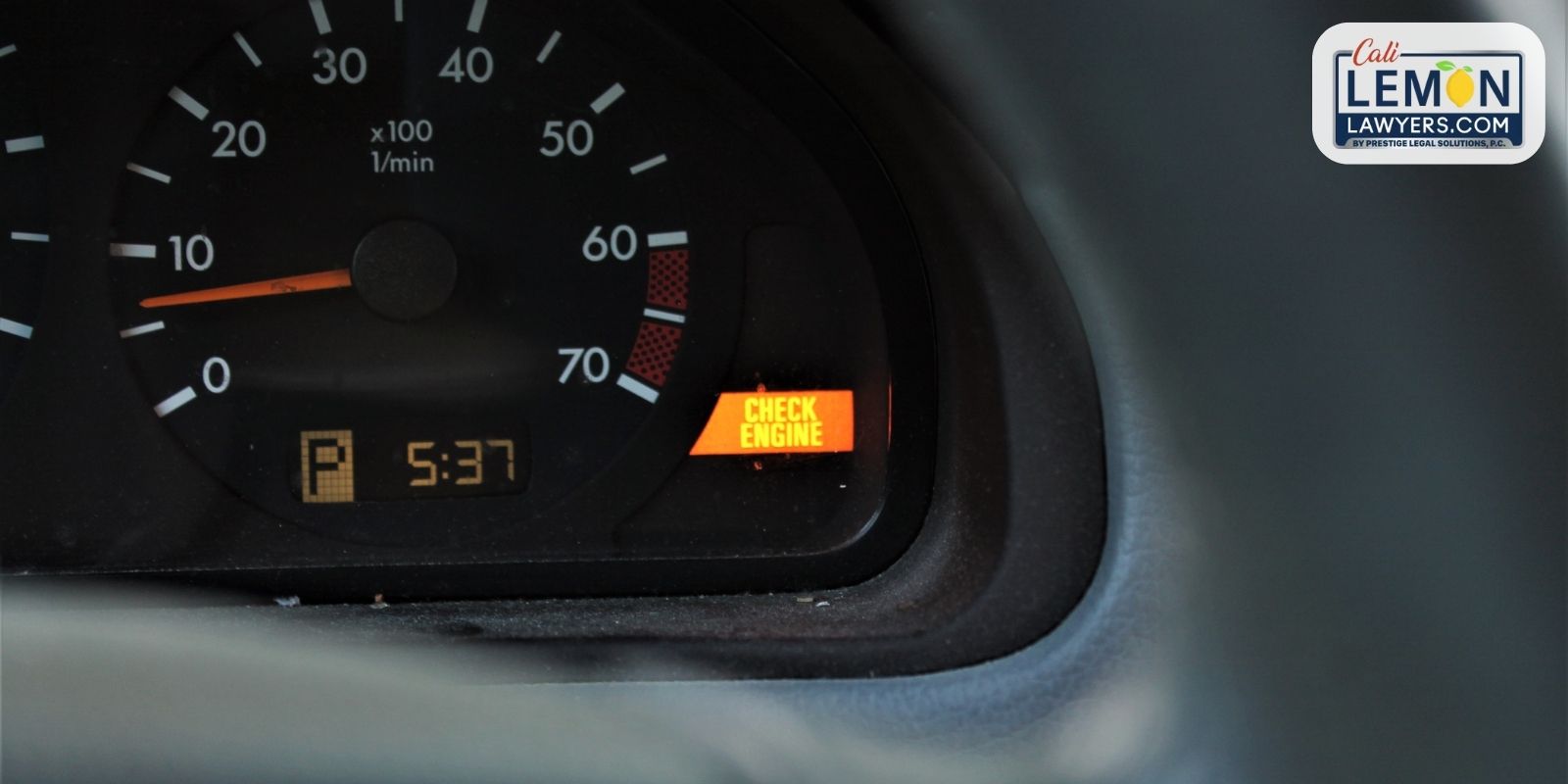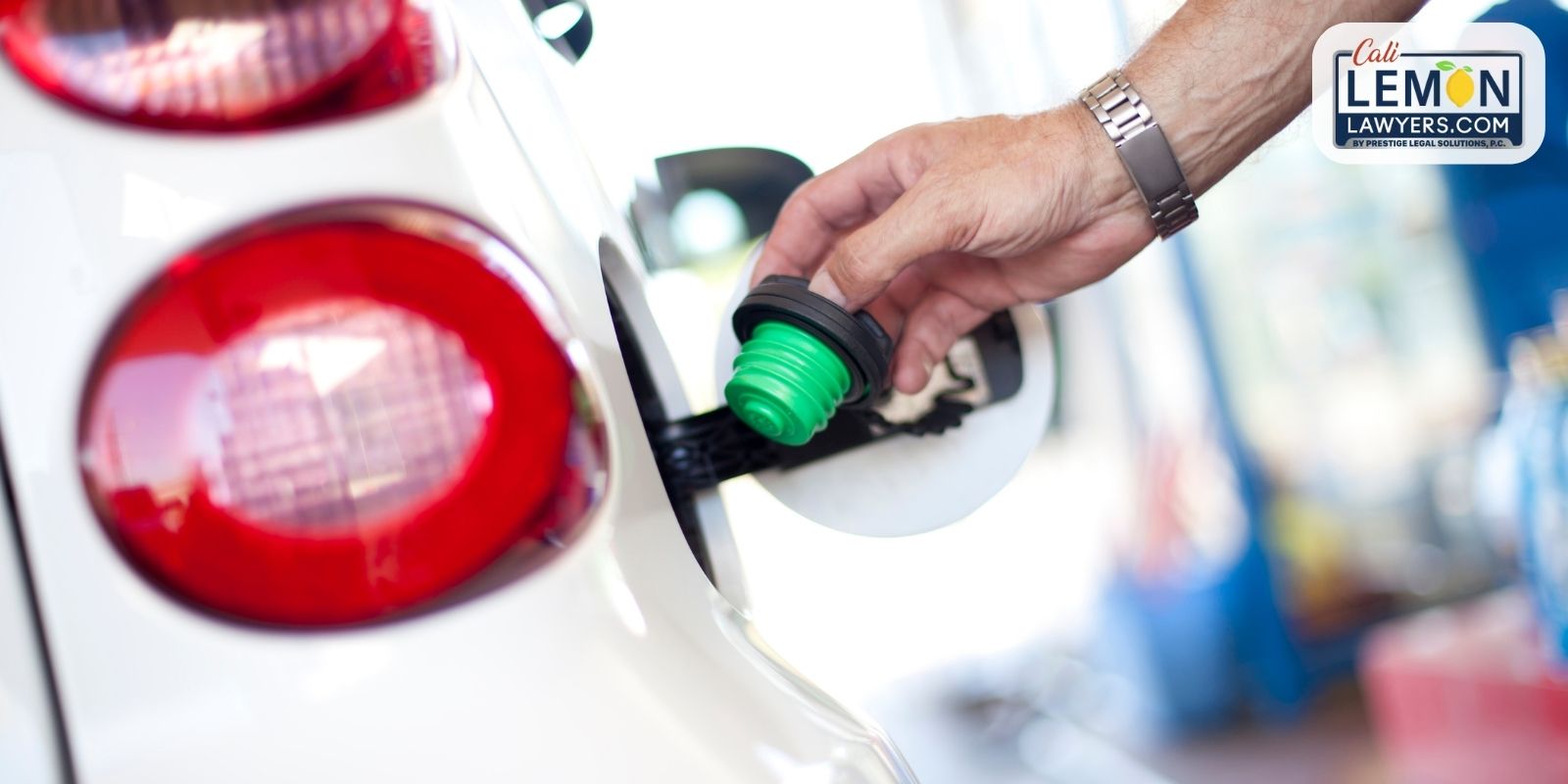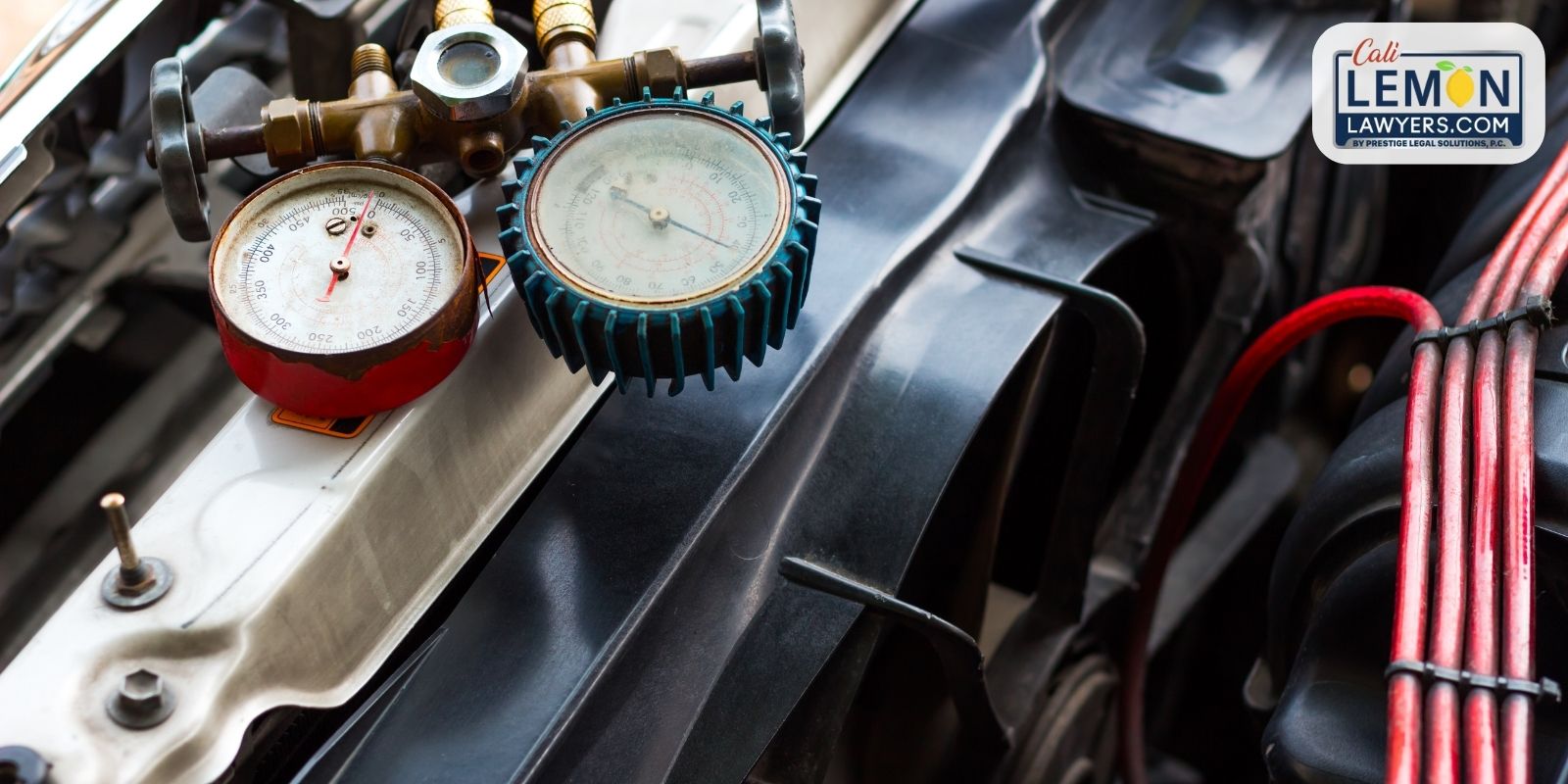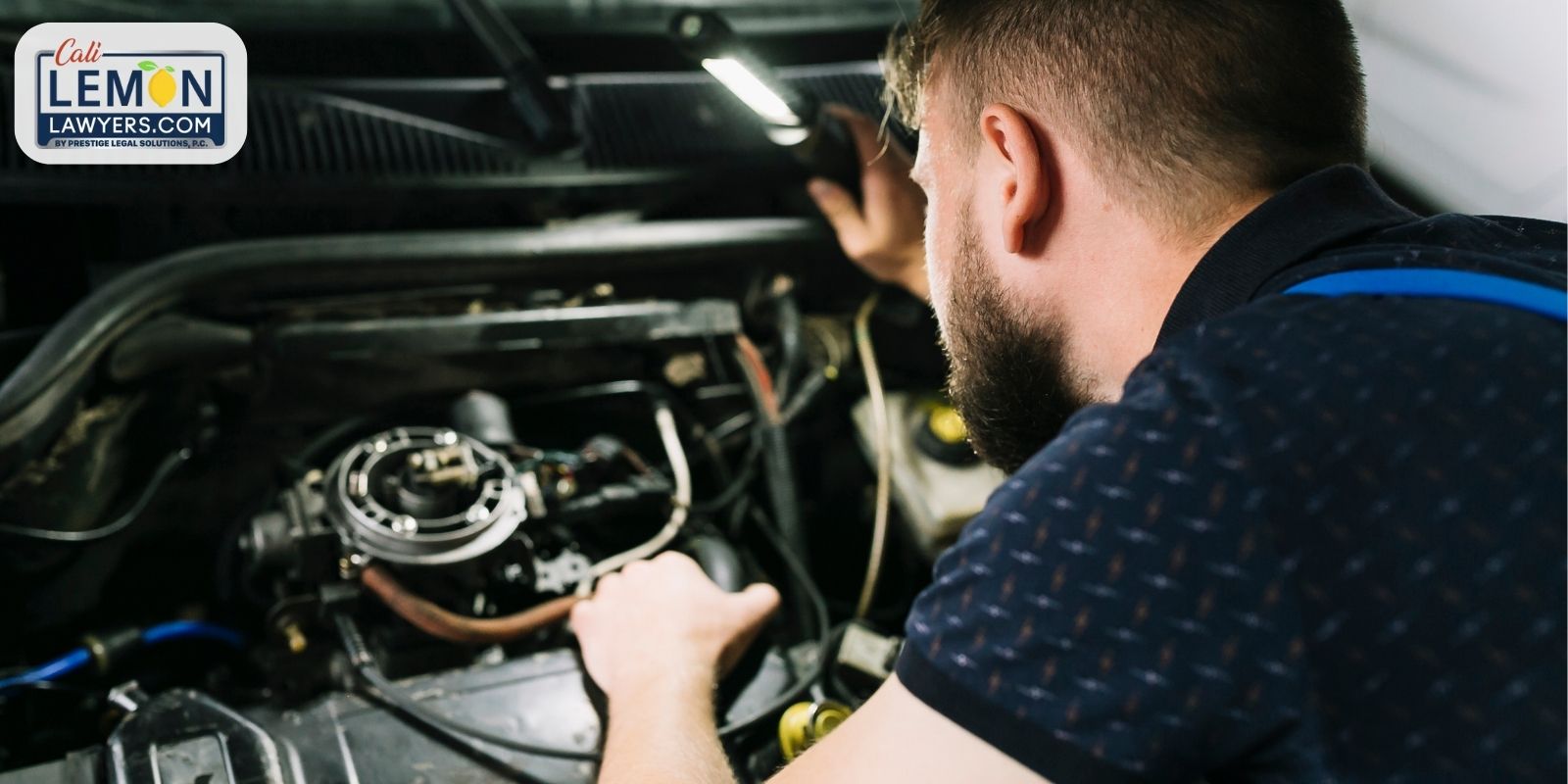2018-2022 Chevy Corvette Problems
The Chevy Corvette is arguably the most popular American sports car in history. Since 1953, the Corvette has been synonymous with American muscle car, power, fun, and excitement.
Since its inception, the Corvette has had eight major revisions, with the latest model arriving in 2020. While still one of the most popular luxury sports cars, the Chevrolet Corvette is known to have its share of problems.
In this article, we’ll cover some of the most common Chevy Corvette problems, and whether or not the car is an overall good buy.
If you leased or purchased a defective Chevy Corvette it is very likely that you are entitled to compensation. Contact Cali Lemon Lawyers for a free case evaluation.
Common Chevy Corvette Problems
With over 50 years of design changes and improvements, there have been many different problems associated with the Corvette. The most common problems associated with seventh (C7) and eighth-generation (C8) Corvettes are included below, followed by the model years where these problems are found.
Overheating Problems
Overheating is a common problem with many modern Corvettes. While you should never speed, driving some Corvette models like a sports car can cause the car to overheat.
GM solved the issue after redesigning the hood and installing a different supercharger. If you are planning on purchasing a used Corvette, you should verify these updates occurred on the vehicle.
Automatic Transmission Issues
Many owners have complained about stiff or jerky gear shifts with the automatic transmission. The automatic transmission can cause the vehicle to buck or surge in traffic. Severe vibrations are also common due to the automatic transmission issues in some Corvettes.
While no recall occurred, GM issued over sixty technical service bulletins concerning the 8-speed automatic transmission available in many Corvettes.
Steering Column Locked
Some owners reported the service steering column lock message would display during operation. A fault in the anti-theft system causes the problem. Owners that experience this issue should have their anti-lock system or steering column serviced.
Coolant Leaks
Coolant from the water pump is known to leak. This can cause overheating and damage to the engine. You should have this issue repaired as soon as possible to reduce the risk of damage to your drivetrain.
2018 Chevy Corvette Problems
The 2018 Chevy Corvette is part of the seventh-generation Corvette originally released in 2014. Other than the release of the Carbon 65 edition, little changed for the Corvette during 2018. But, new manufacturing problems appeared that are unique to the 2018 model year.
Electric Power Steering System Recall
GM recalled almost 2 million vehicles due to a power steering problem between 2016 and 2018. The power steering can fail during car operation. Drivers need to steer with more effort, and this can lead to a crash.
Infotainment Screen Problems
Large display screens are more common than ever in cars. Unfortunately, they tend to have more problems than they’re worth.
Many C7 and C8 Corvette owners have complained about dead display screens. Chevy had to replace the displays on many 2018 models. Others had wiring issues.
2019 Chevy Corvette Problems
2019 marked the last year for the seventh-generation Corvette. The 2019 Corvette is prone to the same 2018 problems, and the common problems mentioned above. But, it also had its share of unique problems.
Hairline Cracks on the Rims.
Corvette rims have to perform under pressure and look great doing it. Unfortunately, owners of the 2019 Corvette found the OEM rims could crack due to low tire pressure. Hairline cracks on the rims can lead to other issues, including wheel failure.
Steering Problems
2019 Corvette owners experienced many steering-related issues. Some 2019 models fell under the 2018 electric power steering system recall. The recall concerned the sudden failure of the power steering system in the car. This causes a loss of control, and drivers need to steer with more effort.
2020 Chevy Corvette Problems
The 2020 model year saw the latest version of the Corvette hit the market. This model featured Corvette’s first mid-engine design. Along with the redesign, Corvette came with new issues and recalls.
Inside Trunk Release Button Recall
Corvettes have an emergency release button in the trunk compartment to prevent a person from climbing in the front trunk and getting locked in. On certain models, the release button malfunctioned.
The Federal Motor Vehicle Safety Standard (FMVSS) forced a recall to comply with its standards. Owners of a 2020 Corvette can receive a software update to rectify the problem.
Unlatched Hood Problem
Certain 2020 Corvettes let drivers operate their cars even with the front trunk lid unlatched. The car still shows warning lights, but the driver can still drive the car. An unlatched hood can obstruct the driver’s view.
Software updates corrected the problem and won’t let drivers operate the car above a certain speed.
Electrical Issues Due to New Electrical Architecture
The 2020 Corvette release was the first to use GM’s Global B architecture. The earlier models that used the platform were prone to vulnerabilities and bugs. This caused coordination issues with Corvette’s computer area network.
Firmware updates resolved many of the issues, and the Global B architecture in future models did not have these issues.
Driver’s Side Seat Belt Recall
Some cars had faulty seat belt retractors on the driver’s side. The seatbelt won’t lock as intended during a crash causing severe injury or death.
Recalls for this safety hazard began in November 2020.
Brake-By-Wire System Malfunction
The C8 Corvette may have a problem with sensors used in the brake-by-wire system. The malfunctioning sensors fail to communicate with the braking system causing the brakes to fail. Along with the 2020 Corvette, GM had to recall other models, including the Cadillac CT4, Buick Encore, and Chevy Trailblazer.
The recall also affected 2021 and 2022 Corvettes.
2021-2022 Chevy Corvette Problems
The 2021 and 2022 models follow in the same footsteps as the 2020 models. Expect to find similar issues as we noted above. 2021 and 2022 Corvette owners also found themselves at the repair shop due to safety recalls.
Air Bag System Recall
Chevrolet and GM had a recall concerning airbags on many of their vehicles, including the Corvette.
Communications between the communications gateway module and the sensing diagnostic module cause the airbag malfunction indicator light to illuminate. This means your airbag might malfunction, but the car won’t inform you.
Loss of Power From Power Train
In April 2022, Chevy issued a recall for the 2022 Corvette. The recall involved the left or right rear half-shaft assemblies. The system may be missing ball bearings. This can result in the vehicle losing drive power and increasing the risk of a crash.
Wheel Assembly Recall
Some C8 Corvettes experience a loss of propulsion. The cause of the problem may be the rear half shaft. The shaft was missing two of six ball bearings. This issue can cause the car to lose propulsion and increases the chance of a crash.
While only twenty-two vehicles had this issue, the National Highway Traffic Administration forced GM to recall the 2021 and 2022 model years.
Transmission Leaks
The 8-speed Tremec transmission may leak. Commonly, gasket failure caused the leak. Clogged transmission filters are also a known cause of the leaks.
Chevy Corvette Problems, FAQ
If you love the Corvette, you don’t need to let these problems stop you from owning one of the most influential cars in history. It’s just important that you’re aware they exits.
Here are some of the most common questions people ask about seventh and eighth-generation Corvettes.
Is the Chevy Corvette reliable?
The Chevy Corvette is a popular sports car and can fetch hefty used car prices. But, the Corvette does not have the best reliability rating. Over the years, many owners gave the Corvette a poor rating for reliability. In 2022, Consumer Reports put the Chevy Corvette on the least reliable cars of 2022 list.
Recently, customer reviews point to major improvements in the Chevy Corvette. Even with these improvements, the Corvette can be a difficult car to own if you’re not a mechanic
Is the Chevy Corvette a good buy?
The Corvette is an expensive vehicle, and you’ll want to get the best value if you purchase one. Even with the problems, the Corvette is still an excellent value. With an MSRP starting at $59,000, no other high-end sports car can match the price per performance a Corvette offers.
What are the best and worst model years of the Chevy Corvette?
Excluding earlier generations, we found the 2020 and 2019 model years are the best newer models available.
You should avoid buying 2008, 2015, and 2017 Corvette model years. These years had too many issues.
What are the best alternatives to the C7 or C8 Corvette?
The Corvette is an amazing deal for its price. Few other vehicle in the United States combine premium handling, acceleration, and speed at a competitive price. Still, there are some cheaper alternatives for the Corvette if you don’t mind a drop in performance.
- Ford Mustang GT offers 460 horsepower and a top speed of 155MPH for under $40,000.
- Chevy Camaro SS accelerates from 0-60 in 3.5 seconds.
- Dodge Challenger R/T features a V-8 Hemi engine that pumps out 375 horsepower.
Chevy Corvette Final Thoughts
The seventh and eighth-generation Corvettes are a wonder of design, functionality, and performance. They are one of the most affordable ways to own a supercar in the United States.
Corvette’s reliability is constantly changing. Over fifty years, Chevy released classic Corvettes and ones plagued with issues. The modern Corvette solved many problems associated with its predecessors. But, it created its own set of problems.
Do you own a C7 or C8 Corvette? Have you enjoyed your experience with the car? If you had to repair your 2018-2022 Chevrolet Corvette, we’d love to hear about it. Don’t forget, cars with continual issues may fall under lemon laws in your state, and you can contact a lawyer to help resolve these problems.

